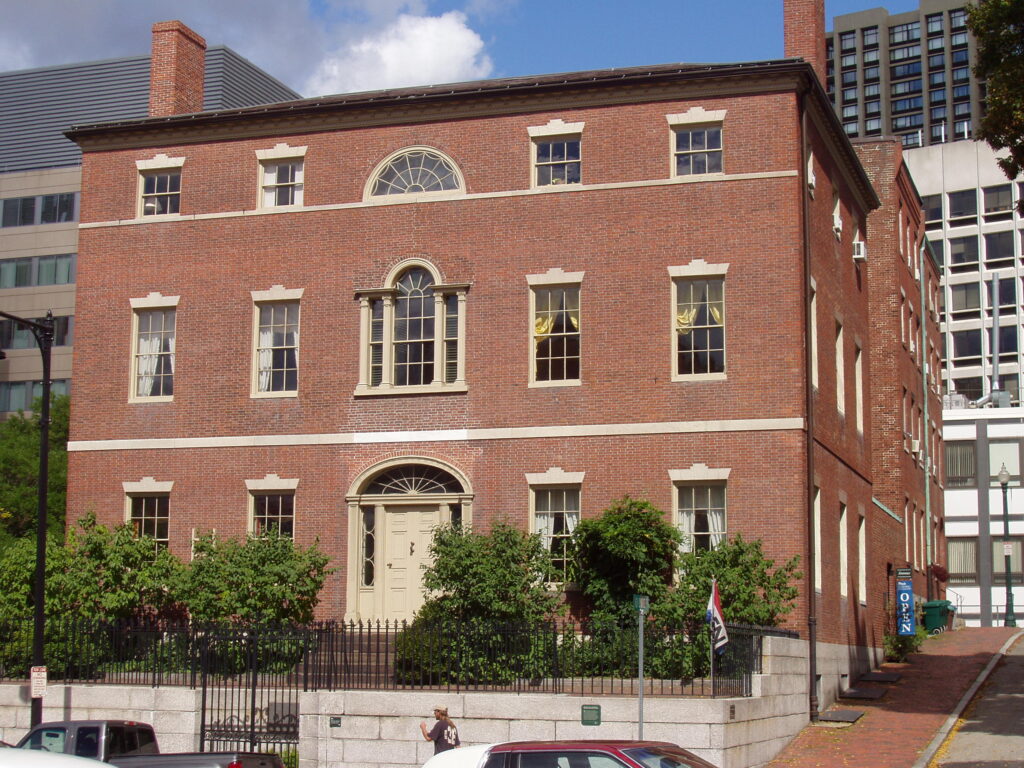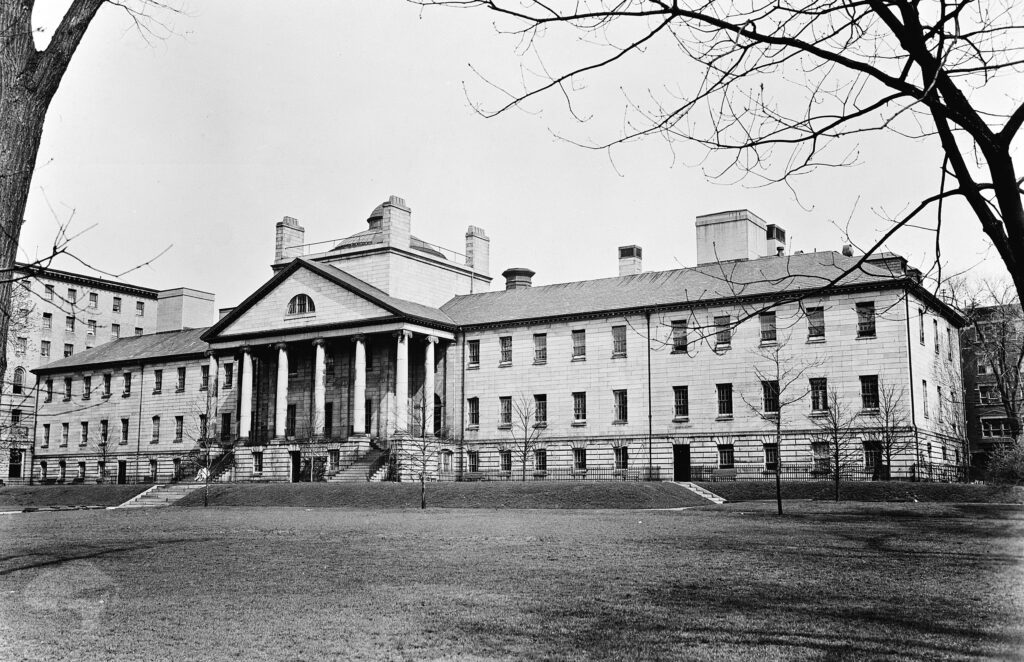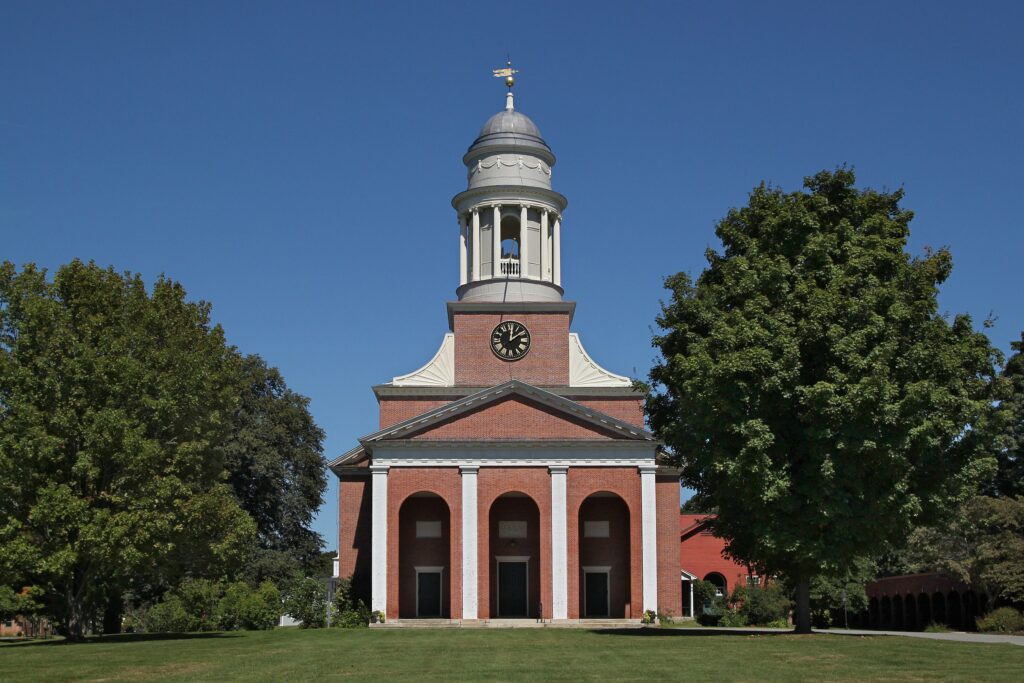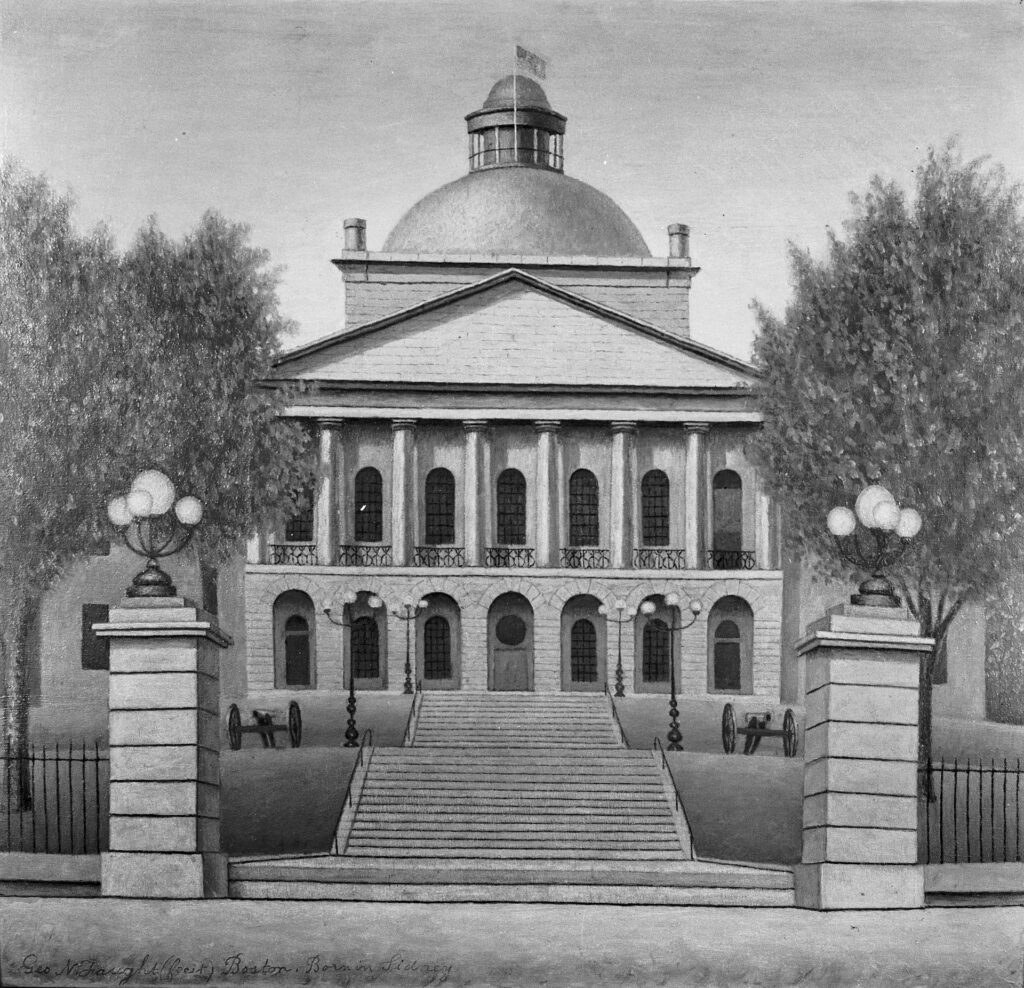Erik Visits an American Grave, Part 1,352
This is the grave of Charles Bulfinch.

Born in 1763 in Boston, Bulfinch grew up in the late colonial elite. His father was a prominent doctor and his grandfather was a big time slave merchant. Yes, northern fortunes were just as rooted in slavery as southern fortunes. The young Bulfinch actually watched the Battle of Bunker Hill from his house. He went to Harvard of course and graduated in 1781, with a master’s following in 1784. The next year, being really very rich, he got to do the Grand Tour. This was when rich people spent a few years in Europe doing rich people thing. He was there from 1785 until 1788. He fell in love with the classical and Renaissance architecture of the continent, particularly in Italy. So he decided to bring that to the new United States.
Bulfinch started designing buildings immediately upon his return to the U.S. Being a super rich kid with all the connections, he could use that to get good commissions. He built plenty of homes, but his real contribution was in neo-classical designs for American government buildings. He designed the Connecticut State House, completed in 1796, and Massachusetts State House, completed in 1798. The latter is still used today. He built three separate homes for Harrison Gray Otis. He also built a huge bunch of churches, although the only one of these that survive today is the New North Church in Boston, completed in 1804.
As a rich guy, Bulfinch also was tasked with all sorts of civic obligations. He was on the Boston Board of Selectmen for most of the period from 1791 to 1817. For much of that, he was also police superintendent. He did a lot of work to improve the city’s infrastructure, including around water, sewers, and lighting. He also wanted to bring his neoclassical vision to downtown Boston. He redesigned Boston Common and Fanueil Hall, the Boylston Market, buildings at Harvard, etc.
Another thing that Bulfinch had in common with lots of other rich folks is that he was horrible with money. Despite his family wealth and despite all his commissions, he had constant money problems. He not only designed the Massachusetts State Prison, he spent a month in there as a debtor in 1811. Things turned better for Bulfinch in 1817, when he got to know James Monroe. The U.S. Capitol was already partially designed by Benjamin Latrobe, who had drawn up the initial designs. But then he resigned and the government needed someone to take over as Chief Architect. That became Bulfinch after Monroe demonstrated his appreciation for the architect’s work in Boston. This gave him a solid salary and an expense account. As such, he designed the western portico and completed quite a bit of Latrobe’s work. He stuck with it until 1829, when the building was largely completed, outside of the dome, which would take decades longer. He got a bunch of other commissions while in Washington as well.
Bulfinch returned to Boston in 1830 a much wealthier man than when he left. He still worked though and designed the Maine State House, which was completed in 1832. He died in Boston in 1844, at the age of 80.
Charles Bulfinch is buried in Mount Auburn Cemetery, Cambridge, Massachusetts. This is not the original burial site. He was first placed in King’s Chapel Burial Ground in Boston, which was his church. Not sure when he was moved.
Let’s take a look at a few of Bulfinch’s buildings.








If you would like this series to visit other American architects, you can donate to cover the required expenses here. Frank Lloyd Wright is in Scottsdale, Arizona and Eero Saarinen is in Troy, Michigan. Previous posts in this series are archived here and here.


